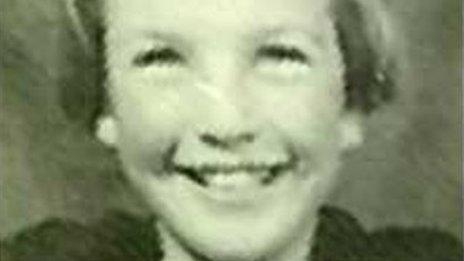New bid to solve Moira Anderson mystery
- Published
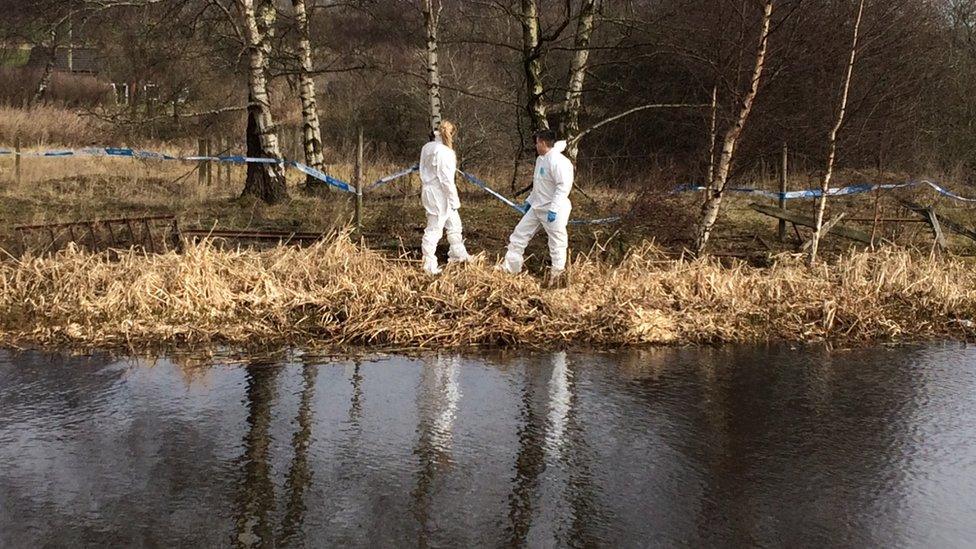
Police are searching an area of Monkland Canal
A new search to find a schoolgirl who disappeared 60 years ago in North Lanarkshire has begun.
Eleven-year-old Moira Anderson left her grandmother's house in Coatbridge to go to the shops in February 1957, but never returned.
Bus driver and convicted paedophile Alexander Gartshore, who died in 2006, is suspected of her murder.
Police are now looking at an area of Monkland Canal in an attempt to find her remains.
They will take part in an initial four-day search, using ground penetrating radar and sonar scanning, to see if there is any evidence of Moira's remains at the bottom of the three-metre deep canal.
Moira Anderson was last seen on 23 February 1957 when she left on an errand during a heavy snowstorm, and boarded a Baxter's bus that was driven by Gartshore.
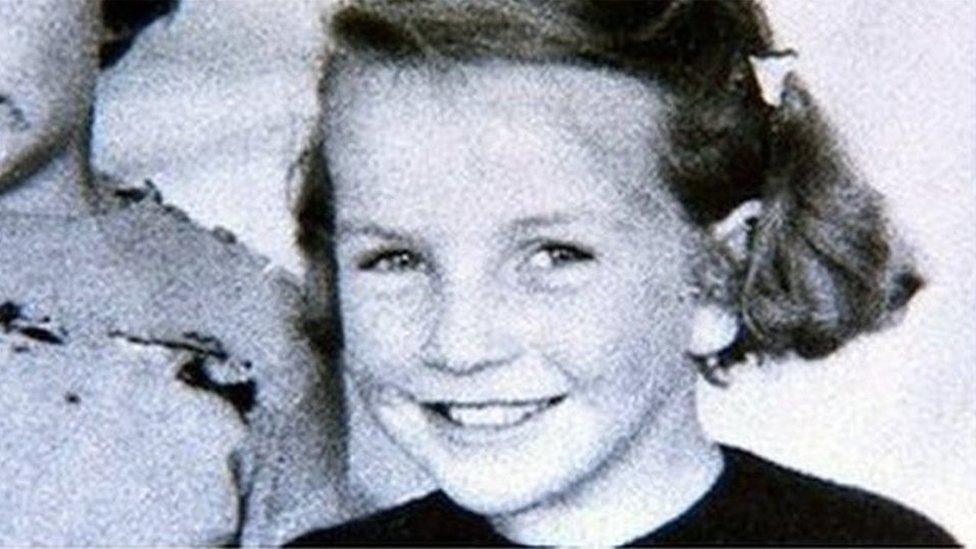
Moira Anderson was last seen by her family on 23 February 1957
Later that year, he was jailed for raping a 17-year-old babysitter.
In 1999, convicted child abuser James Gallogley named his former friend Gartshore as Moira's murderer.
Gartshore's own daughter Sandra Brown was convinced he was the killer and campaigned to have him charged.
In 2014 prosecutors took the unusual step of announcing that Gartshore would have faced prosecution for the schoolgirl's murder if he were still alive.
In 1957 a witness reported seeing a tall man carrying a large, heavy sack towards the canal the morning after Moira disappeared but the possible sighting was not followed up.
Four years ago a grave in Old Monkland Cemetery in Coatbridge was exhumed as part of the search but no evidence was found that Moira was buried there.
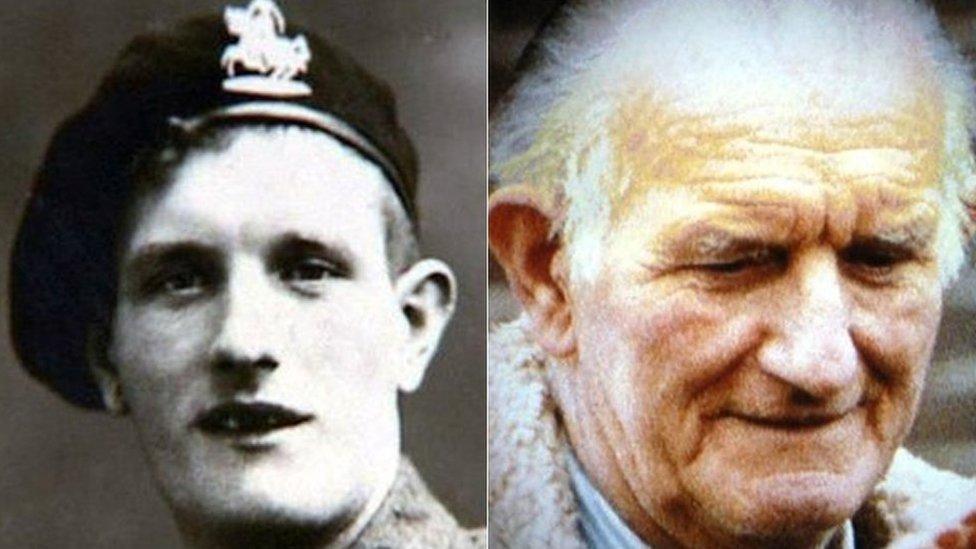
Police believe child abuser Alexander Gartshore murdered Moira and disposed of her body
Det Supt Pat Campbell said he was hopeful that the search would ultimately prove productive.
He said: "At this stage, we are hopeful of finding any evidence that could help us resolve the investigation into Moira's disappearance.
"This canal has been largely left undeveloped for many years and it is hoped the ground-penetration radar and sonar scanning can help to identify any anomalies within the silt layer at the base of the canal.
"This is a positive although extremely challenging step in the investigation due to the passage of time. However, I remain optimistic about the forthcoming search.
"Ultimately we hope to identify a deposition site and to recover the remains of Moira, which would bring some form of closure to her family and the local community, who have endured years of uncertainty."
- Published23 February 2017
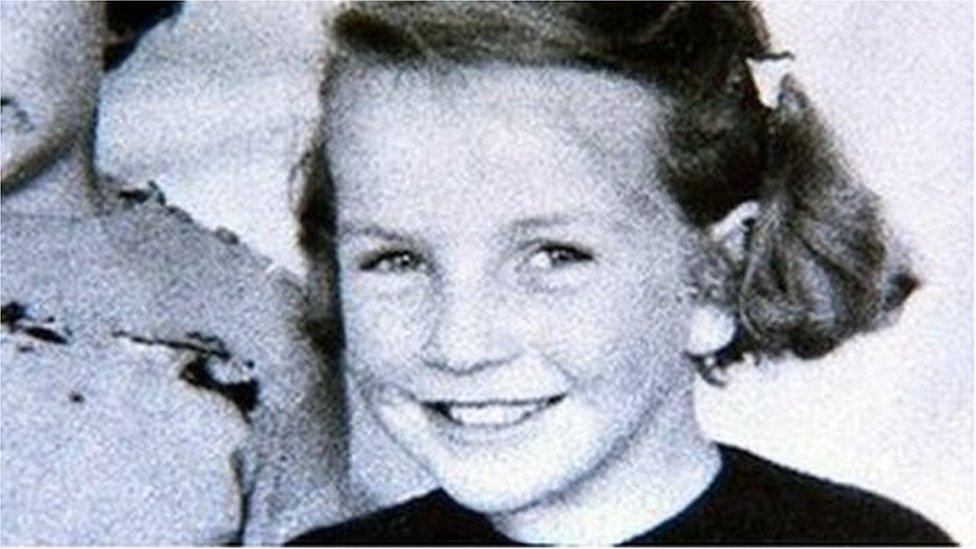
- Published25 February 2016

- Published27 October 2015
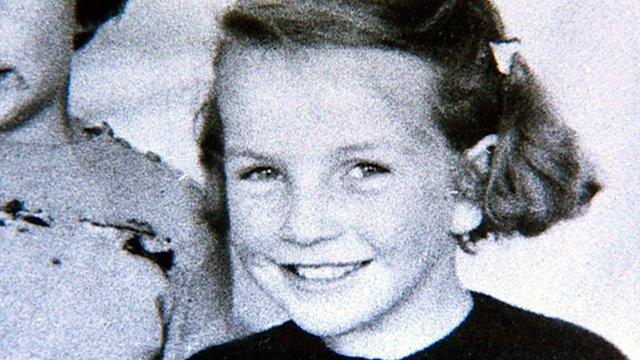
- Published31 January 2014

- Published14 December 2012
